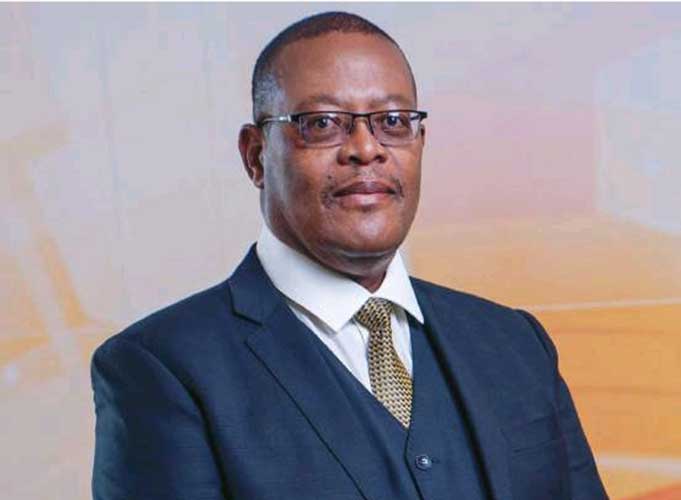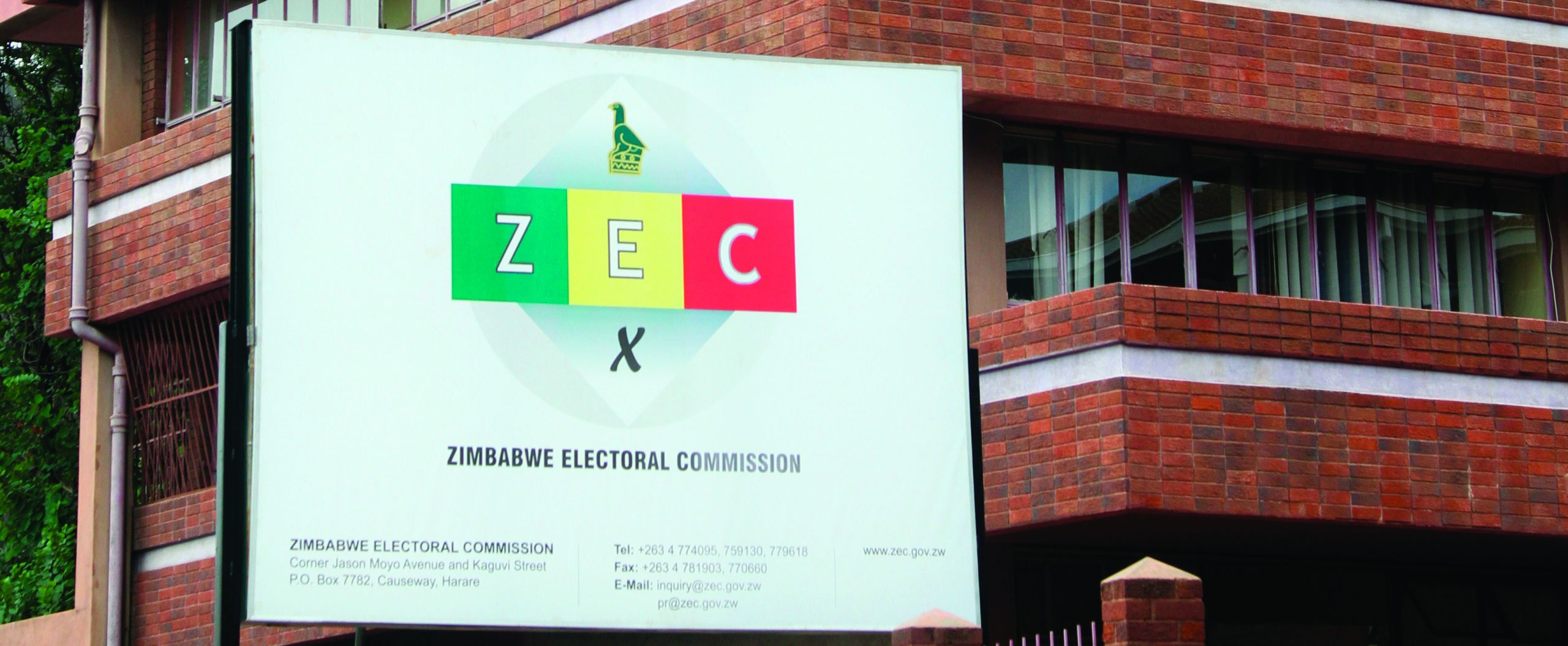
BY FREEMAN MAKOPA The Airports Company of Zimbabwe (ACZ) says potential investors have lodged an application with the Zimbabwe Investment Development Authority (Zida) to construct a major hotel at Robert Mugabe International Airport (RMIA).
Last month, a senior official with ACZ told Standardbusiness that the firm was scouting for investors with capacity to invest into projects totalling about US$100 million under a fresh plan to modernise services at Zimbabwe’s biggest airport.
Authorities’ target has been to build a five storey, 150-room hotel at RMIA, complete with a golf course, an aquarium and conferencing facilities.
Apart from RMIA, there have also been plans to construct a three storey, 50-room hotel for about US$8 million at Vitoria Falls International Airport, which was in 2016 expanded at a cost of US$150 million.
Authorities have been exploring the build operate and transfer model for the both programmes.
Zimbabwe has also been hunting for investors to construct two dry port facilities at RMIA for a combined US$13 million to boost services as the facilities undergo a massive transformation.
RMIA, which is currently undergoing a US$154 million expansion, is one of only a few major regional airports without a hotel within its vicinity.
Passengers seeking such service have had to book at facilities far away from the airport.
- Chamisa under fire over US$120K donation
- Mavhunga puts DeMbare into Chibuku quarterfinals
- Pension funds bet on Cabora Bassa oilfields
- Councils defy govt fire tender directive
Keep Reading
But ACZ, a fairly new entity which came out of the unbundling of the Civil Aviation Authority of Zimbabwe (CAAZ) about four years ago, says it is determined to reshape the country’s aviation industry.
ACZ chief executive officer (CEO) Tawanda Gusha told Standardbusiness on Friday that while it was premature to make full disclosures, significant groundwork had been covered.
“We have found a new investor for the development of a hotel, package and shopping mall at Robert Gabriel Mugabe International Airport,” Gusha said, speaking exclusively to Standardbusiness.
“The investor has submitted documents to Zida. More details will be disclosed after the deal has been finalised in connection with how much has been invested.”
Last month CAAZ director general, Elisha Chingosho told Standardbusiness that passenger numbers into Zimbabwe’s airports would rise above pre-pandemic levels this year as traffic improves in the aftermath of hard lockdowns globally, opening opportunities for investments into a range of services that support airlines.
He said passenger numbers from 17 international and local airlines servicing Zimbabwean destinations will rise by 80% compared to 2019 when the carriers moved 1,5 million people.
This represents growth to almost three million passengers this year, a positive trajectory for an industry that was battered by pandemic curbs at the height of the Covid-19 scourge between 2020 and 2021.
Airlines carried 430 000 and 740 000 respectively during the two years, according to CAAZ data.
The ACZ boss said Zimbabwe’s performance was expected to better than African averages this year.
However, across the continent, the outlook would be positive, he said.
“Africa’s passenger traffic prospects are somewhat weaker in the near-term due to slow progress in vaccinating the population, and the impact of the crisis on developing economies,” Chingosho added.
According to the International Air Transport Association, African passenger numbers are expected to recover more gradually than in other regions, reaching 76% of 2019 levels in 2022 and surpassing pre-crisis levels only in 2025.
Meanwhile, at Victoria Falls International Airport, plans are in place to develop a catering facility at an estimated cost of US$10 million as well as an airport hotel at an estimated cost of US$15 million.
Last week government commissioned two airside shuttle buses at RMIA, which were procured by the ACZ.
Speaking at the ceremony, Transport and Infrastructural Development minister Felix Mhona said a fleet from 2006 was now old hence the new investment.
“We are coming from a position where we had a fleet of 2006 that was giving us problems and we have acquired the buses with a combined capacity of close to 200,” Mhona said.










